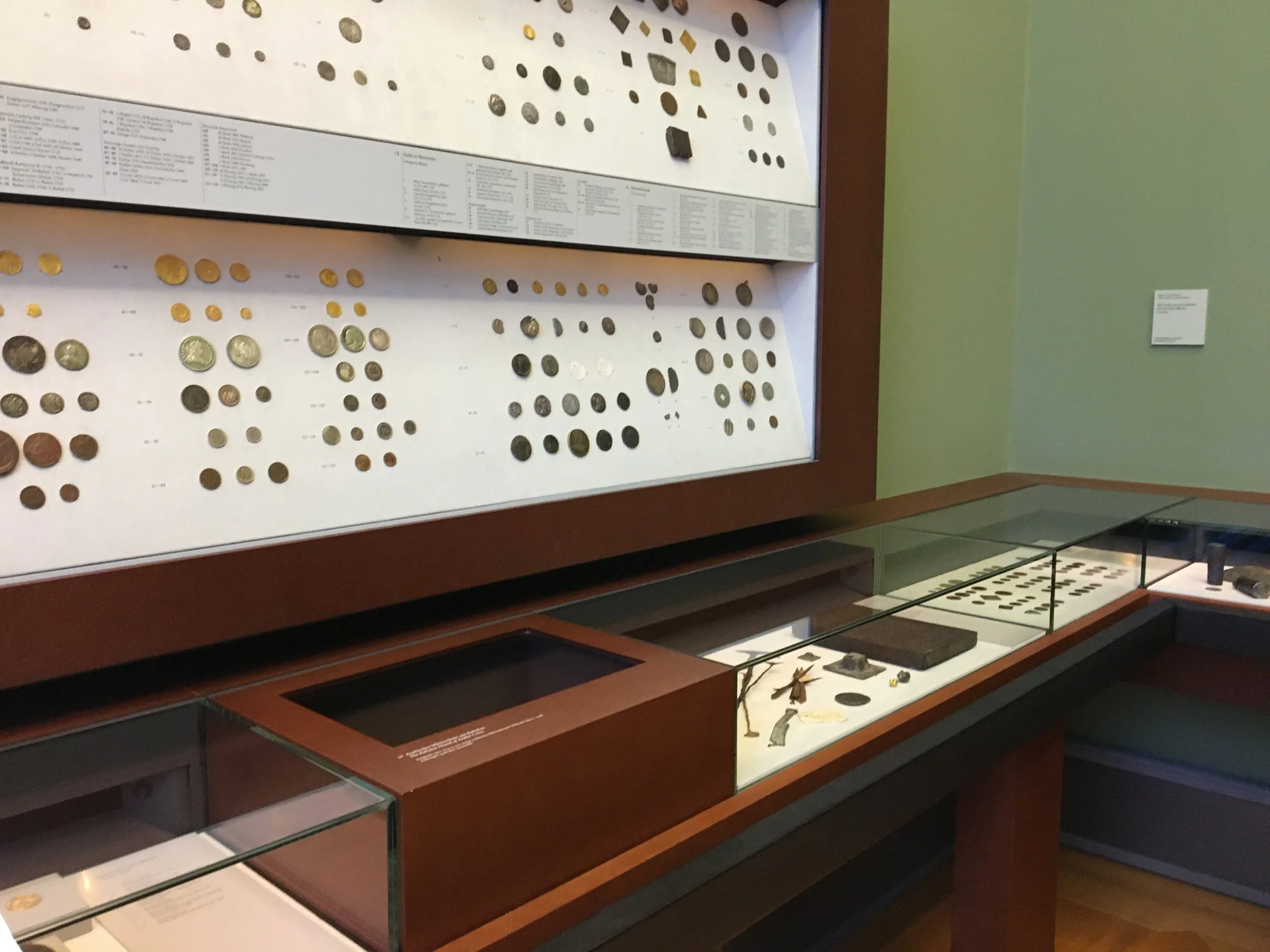In many indigenous households of the region, rice wine is offered to guests as an honorific welcome drink. Rice wine for these communities is also an essential medium for interacting with forest spirits, performing rituals, and celebrating harvest festivals. However, much of the work that goes into making rice wine such a popular custom often remains unrecognised. This invisibilisation is rooted in the informal and vulnerable nature of women’s homestead-based brewing work, stemming from Liquor Prohibition Acts and prohibition movements, changes in indigenous religions and ideas of morality, or the easy accessibility of Indian-made Foreign Liquor in the region.
- November 2024
- September 2024
- August 2024
- July 2024
- May 2024
- January 2024
- December 2023
- November 2023
- June 2023
- May 2023
- September 2022
- August 2022
- May 2022
- April 2022
- October 2021
- June 2021
- May 2021
- March 2021
- February 2021
- December 2020
- September 2020
- August 2020
- July 2020
- June 2020
- January 2020
- December 2019
- October 2019
- September 2019
- August 2019
- July 2019














